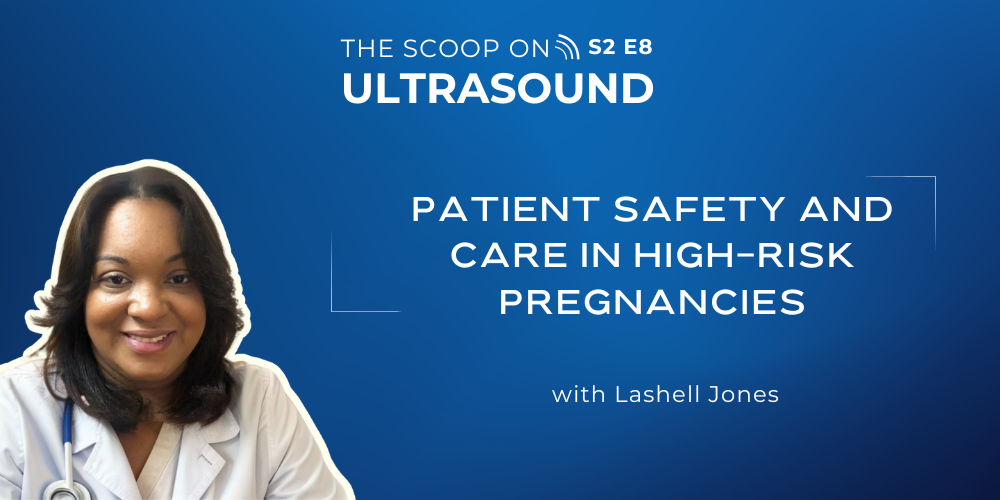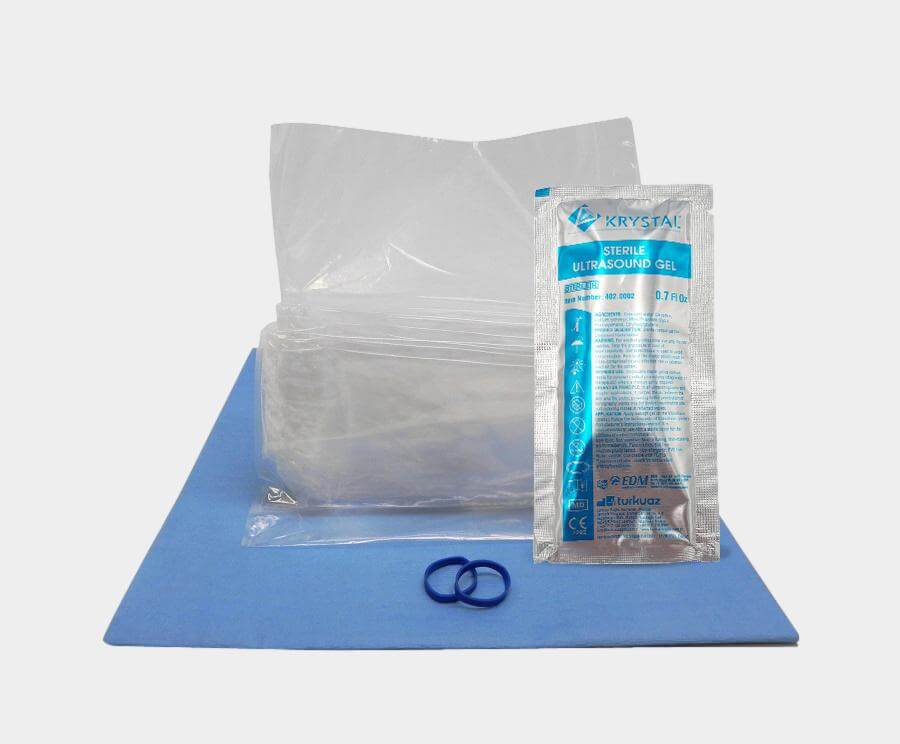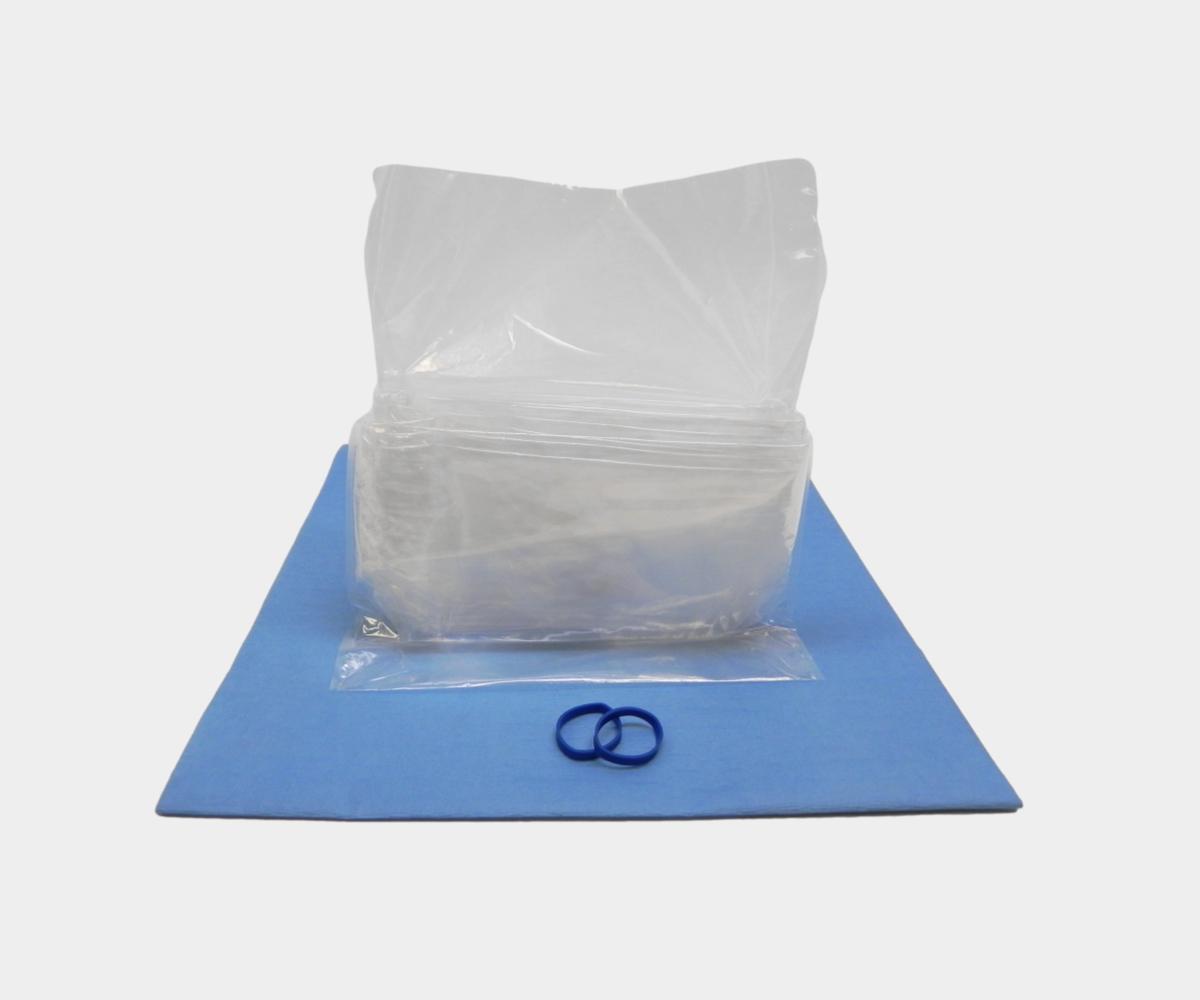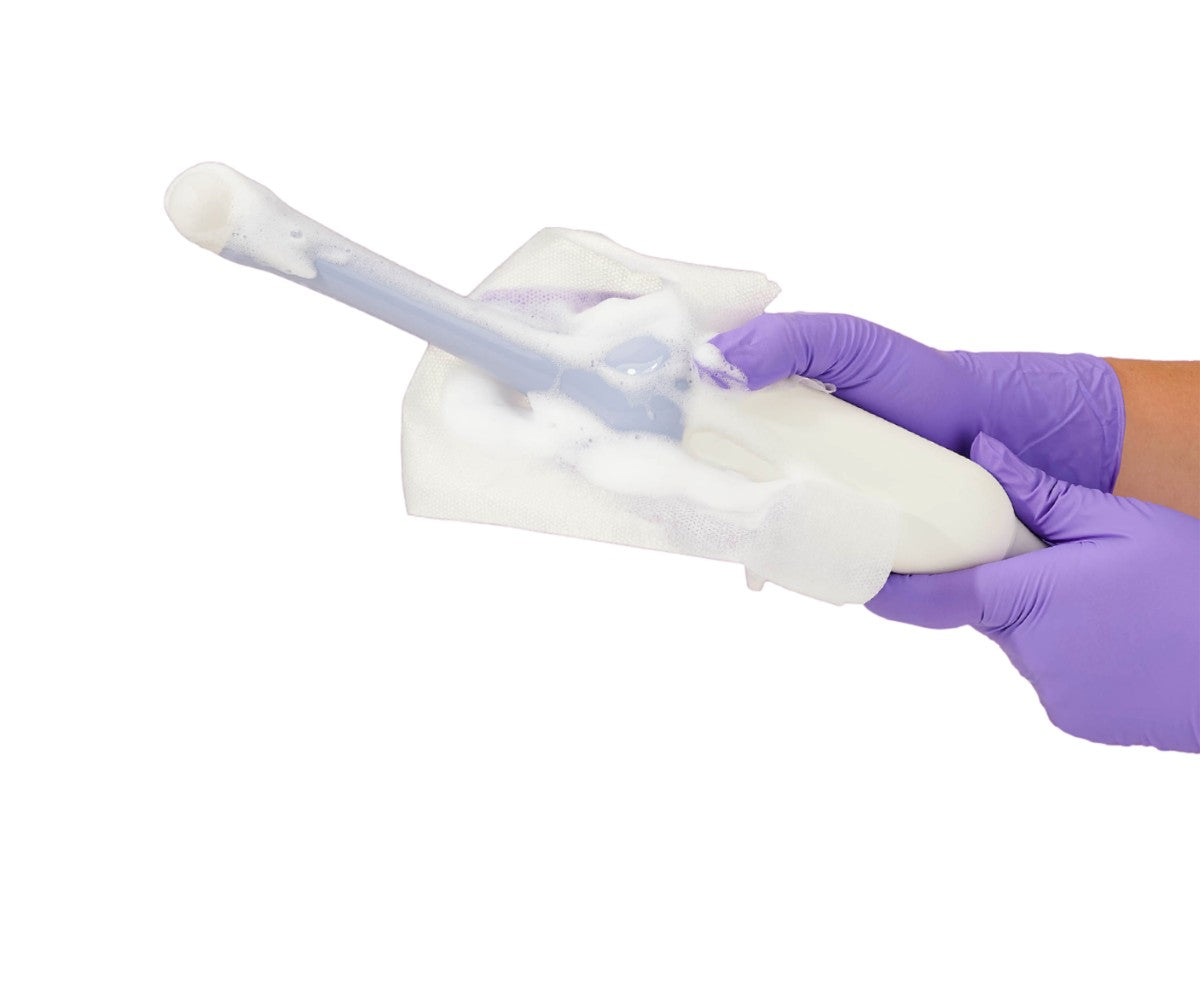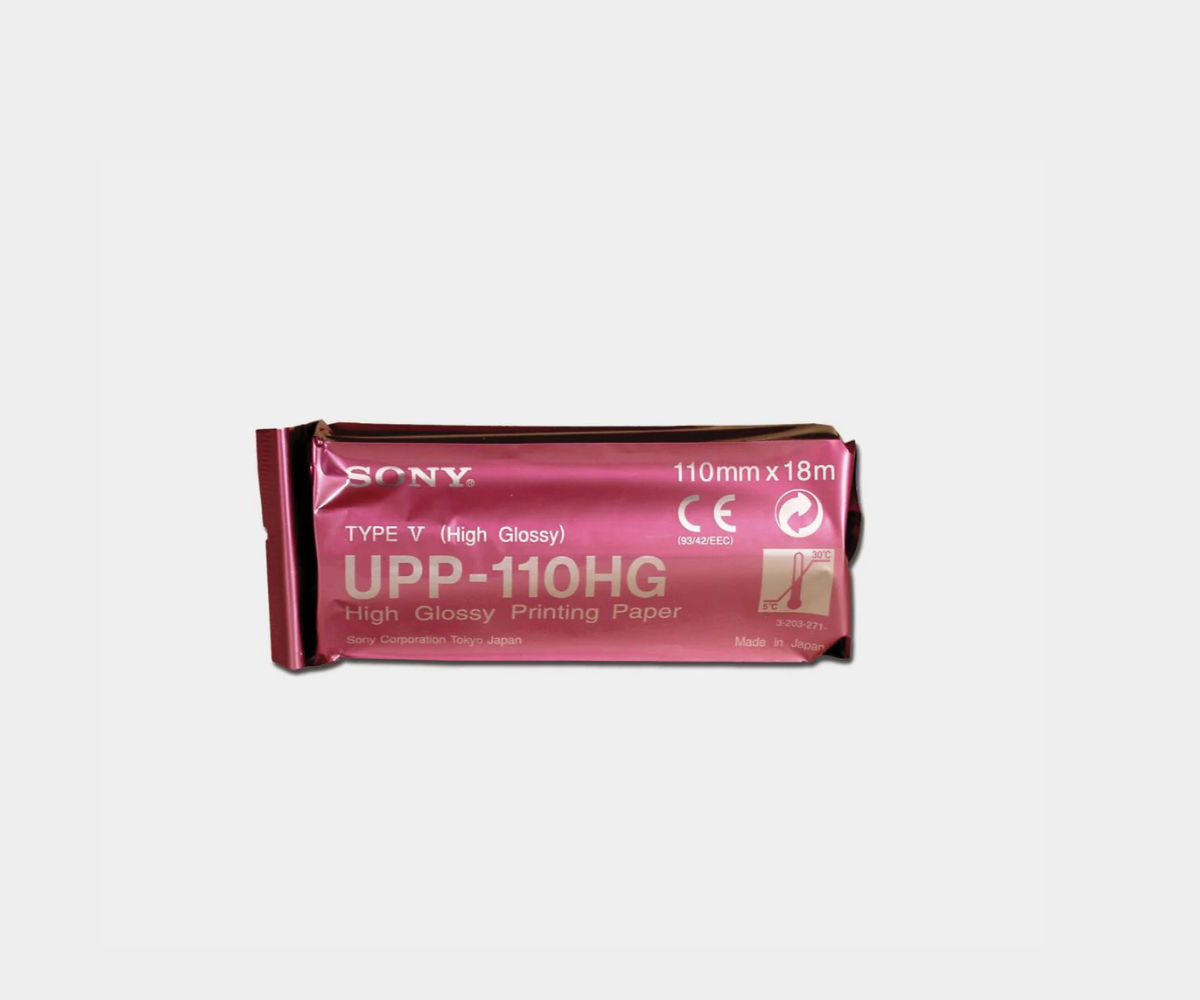Ultrasound plays a vital role in high-risk pregnancies, where precision and patient care are essential. In this episode, Lashell Jones, a seasoned fetal medicine sonographer, shares her expertise on overcoming imaging challenges, leveraging AI and 3D/4D technology, and providing compassionate patient support.
Emmanuel Soto: Can you share strategies that have helped you overcome unexpected roadblocks?
Lashell Jones: Absolutely. Once again, going back to what we learned in physics—when dealing with obesity, change your probe. Use a lower frequency. Often, with a high BMI, I switch to a transducer like a C3–5. Occasionally, I use my 3D probe as well to achieve a higher frequency.
Another technical challenge I have encountered is in cases of a retroverted or retroflexed uterus, especially in the first trimester. When dealing with uterine positioning, it is helpful to use a transvaginal probe because it brings the uterus closer, allowing for better visualization while also achieving a higher frequency.
Color is key as well. With grayscale imaging, if you have a high BMI patient, it may be harder to achieve a four-chamber view. However, adding color Doppler makes it easier to visualize the chambers and even the pulmonary veins, depending on the settings you use.
So, remembering your basics, utilizing color Doppler, and considering the transvaginal approach in the appropriate settings can be very helpful.
Emmanuel Soto: What are your thoughts on innovations like AI and 3D/4D imaging?
Lashell Jones: We should absolutely embrace these new technologies, especially 3D imaging. I see it as a complement to what we already achieve with grayscale imaging. 3D has helped confirm diagnoses that we previously could only suspect—it puts things into better perspective.
For example, when evaluating the umbilical cord for a true knot, 3D imaging provides a clearer view. Recently, we were also able to diagnose placenta invasion early on. At just eight weeks pregnant, we suspected the presence of placenta accreta based on 3D imaging, which was later confirmed by an MRI. This early diagnosis was invaluable for patient management.
Now, regarding AI—I love AI! It helps us manage time more efficiently, given the strict time slots we have for scans, sometimes only 30 to 40 minutes. AI features assist with annotations, labeling, and measurements, making the process much more efficient.
Honestly, I can’t imagine working without AI now. It’s a game-changer and has made my job significantly easier. On days when we have more patients than time, AI tools are truly invaluable.
Emmanuel Soto: How do you step in as a clinician to provide not just patient care but also emotional support?
Lashell Jones: First and foremost, it’s all about comfort. If a patient doesn’t feel comfortable with you, they may develop a sense of mistrust. They pick up on subtle cues, including tone of voice. I’ve been told I have a very calming tone, and for some reason, that helps patients feel at ease, even when facing difficult situations. My bedside manner plays a crucial role in that.
I always try to put myself in their shoes—how would I want to be treated in this situation?
When it comes to complex or difficult topics, I simplify my explanations so that patients can easily understand. Many of our patients are diabetic and require constant or even twice-weekly biophysical profiles (BPPs). A common question I hear all day is, “What’s a BPP? What’s the point of this?”
I’ve noticed that when I explain it as a “vital signs check for the fetus,” they grasp the concept better. When they understand that we’re essentially monitoring their baby’s well-being just like their own vitals, they see the importance of the test.
Breaking down complex medical information into simple, relatable explanations helps patients fully understand their care and feel more at ease.

